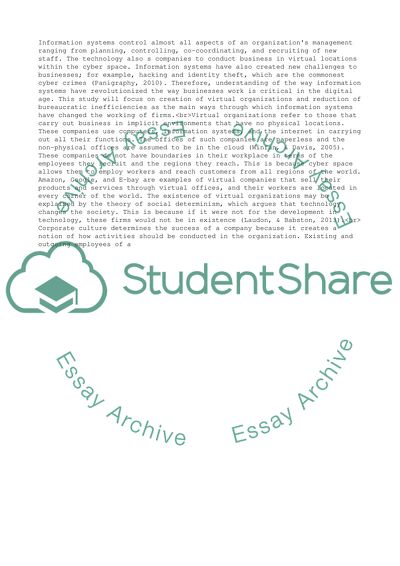Cite this document
(Information systems have revolutionised the way we work. Critically Essay, n.d.)
Information systems have revolutionised the way we work. Critically Essay. https://studentshare.org/information-technology/1804847-information-systems-have-revolutionised-the-way-we-work-critically-discuss-this-statement-using-two-concepts-from-the-module
Information systems have revolutionised the way we work. Critically Essay. https://studentshare.org/information-technology/1804847-information-systems-have-revolutionised-the-way-we-work-critically-discuss-this-statement-using-two-concepts-from-the-module
(Information Systems Have Revolutionised the Way We Work. Critically Essay)
Information Systems Have Revolutionised the Way We Work. Critically Essay. https://studentshare.org/information-technology/1804847-information-systems-have-revolutionised-the-way-we-work-critically-discuss-this-statement-using-two-concepts-from-the-module.
Information Systems Have Revolutionised the Way We Work. Critically Essay. https://studentshare.org/information-technology/1804847-information-systems-have-revolutionised-the-way-we-work-critically-discuss-this-statement-using-two-concepts-from-the-module.
“Information Systems Have Revolutionised the Way We Work. Critically Essay”. https://studentshare.org/information-technology/1804847-information-systems-have-revolutionised-the-way-we-work-critically-discuss-this-statement-using-two-concepts-from-the-module.


